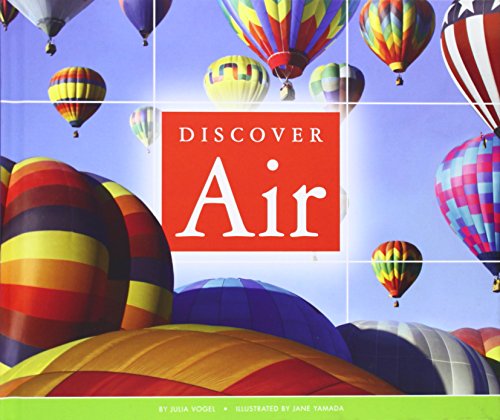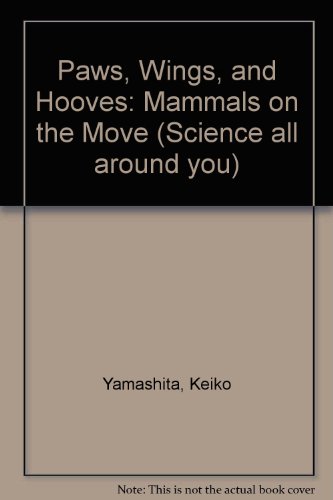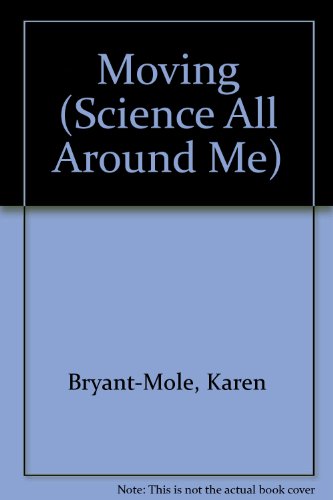-
Fruits, Roots, and Fungi: Plants We Eat
Isamu Sekido
Library Binding (Lerner Pub Group, Jan. 1, 1993)The young reader identifies close-up photographs of common edible plants, such as melons, mushrooms, and cucumbers, and then learns the differences and similarities among these plants that humans eat.
-
Forces
Karen Bryant-Mole
Library Binding (Turtleback Books, Jan. 1, 2002)FOR USE IN SCHOOLS AND LIBRARIES ONLY. This book explains the basic principles of forces and movement through looking at everyday experiences, including how a wind-up toy works and why your bike slows down when you stop pedaling. N
N
-
Discover Air
Julia Vogel, Jane Yamada
Library Binding (Childs World Inc, Aug. 1, 2014)Air may be invisible, but it's a powerful force all around us. Air makes wind. It carries sound and smells. It lets us breathe. This simple, colorful book teaches kids all about amazing air. L
L
-
Paws, Wings, and Hooves: Mammals on the Move
Keiko Yamashita, Isamu Sekido
Library Binding (Lerner Pub Group, Jan. 1, 1993)Different kinds of mammals have various ways of traveling, using hands, feet, paws, wings, flippers, or hooves, and children match the animal to the foot as they learn about the different ways that mammals get around. J
J
-
Matter and Material
Darlene R. Stille
Library Binding (The Childs World Inc, Aug. 1, 2004)Introduces the concept of what things are made of, including the solid state, atoms, molecules, how things may change, and the difference between weight and mass. V
V
-
Mollusks and Crustaceans
Peter Murray
Library Binding (The Childs World Inc, Aug. 1, 2004)Walking along the beach, a glint of something colorful in the sand may catch your eye. You bend down and discover a beautiful shell. You've just found a mollusk! Investigate the amazing creatures that live in these portable homes and learn about their shellfish cousins, the crustaceans. Q
Q
-
Discover Magnets
Julia Vogel, Jane Yamada
Library Binding (Childs World Inc, Aug. 1, 2014)Amazing magnets are everywhere--on the refrigerator and inside machines and toys. Even Earth is a giant magnet! A magnet can be strong enough to lift a car. But magnets work only in a certain way. This simple, colorful book explores the attractive power of magnets. L
L




